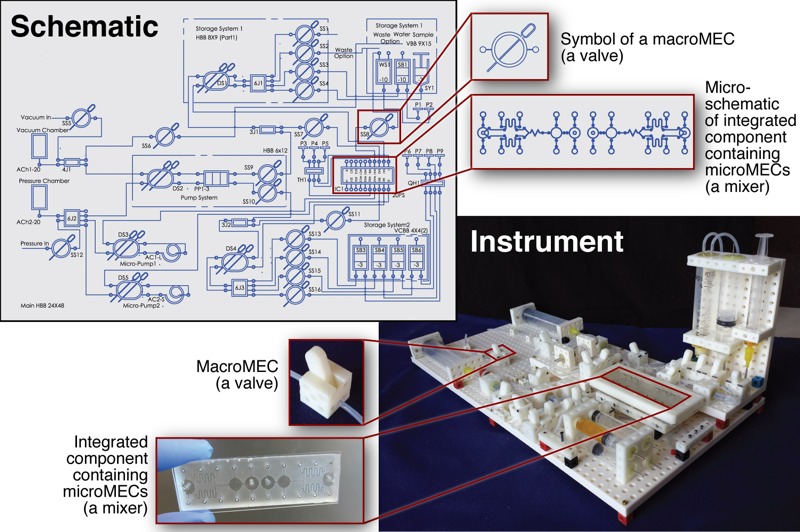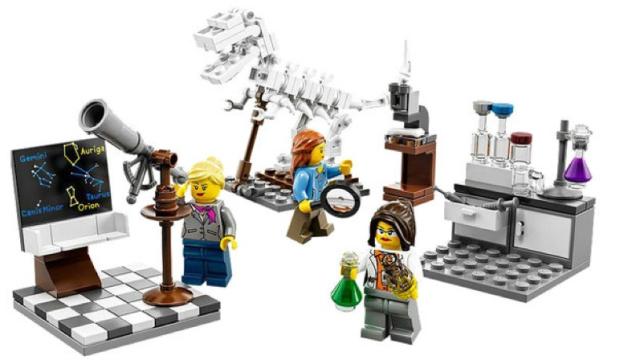There’s a whole new way to build custom scientific instruments affordably in bioengineering: A system of 3D-printed building blocks that can link together in various combinations. The system combines design elements of both biological cells and electronic components, and it can evolve over time to adapt to the changing needs of the research community.
Not just for toys any more: A LEGO-like library of 3D-printed building blocks could be the future of diagnostic tools. (Image: LEGO Ideas)
As outlined in a new paper in PLOS One, the blocks are known as “Multifluidic Evolutionary Components” (MECs) because they’re just so darned flexible and adaptable to so many different uses. Each block corresponds to a specific common task that bioengineers need to perform in the lab, and they can be combined in many different ways to tailor the final apparatus to the needs of the researcher.
It’s the brainchild of Douglas Hill, a graduate student at University of California, Riverside, who spent 20 years designing electronics before coming to UCR. According to his advisor, William Grover, Hill was surprised to find that bioengineers usually have to build their instruments from scratch, combining fluidic, mechanical, electronic and optical elements.
“He’s used to putting together a few resistors and capacitors and making a new circuit in just a few minutes,” Grover said in a statement. “But building new tools for live science research can take months or even years.” The various components are cobbled together and often don’t interface well as a result. And that can seriously hamper progress in chemical, biological and medical research.

Image: D. Hill et al./PLOS One
So Hill decided to exploit the explosion in 3D printing technology to find a solution. There are two basic types of MECs: Macro scale off-the-shelf components that snap together easily to make instruments that operate on the millimetre scale; and microMECs, which are tailored to applications at the nanoscale and are made via conventional techniques like etching, embossing or soft lithography. The entire system is designed to be easily adapted for new applications, accommodating new components as needed.
As proof of concept, Hill’s team first built a fluidic router out of MECs: A component for pumping and mixing various fluids, which is a critical task for diagnostic arrays, among other tools. (It’s pictured above.) That worked so well, the team went on to built a bioreactor for making alternative fuels and an acid-based titration tool that is common in high school chemistry classrooms for figuring out the acid concentrations in chemical solutions.
The authors believe the MEC system would be invaluable to hospitals and laboratories in the developing world, which have far more limited resources. “Having a library of MECs would give these individuals access to a virtually limitless variety of custom instruments,” they write, although first the existing MEC library must be expanded significantly. And then, of course, they will need to scale up the production of the components, possibly by incorporating techniques like injection moulding.
Even undergraduate students from multiple disciplines and with little to no research experience have been using the MEC system with ease.
“We’ve had computer science students write the code that runs the blocks, bioengineering students culture cells using instruments built from the blocks, and even art students design the graphical interface for the software that controls the blocks,” said Grover. “Once the students have created these instruments, they also understand how they work, they can ‘hack’ them to make them better, and they can take them apart to create something else.”
[PLOS One]
